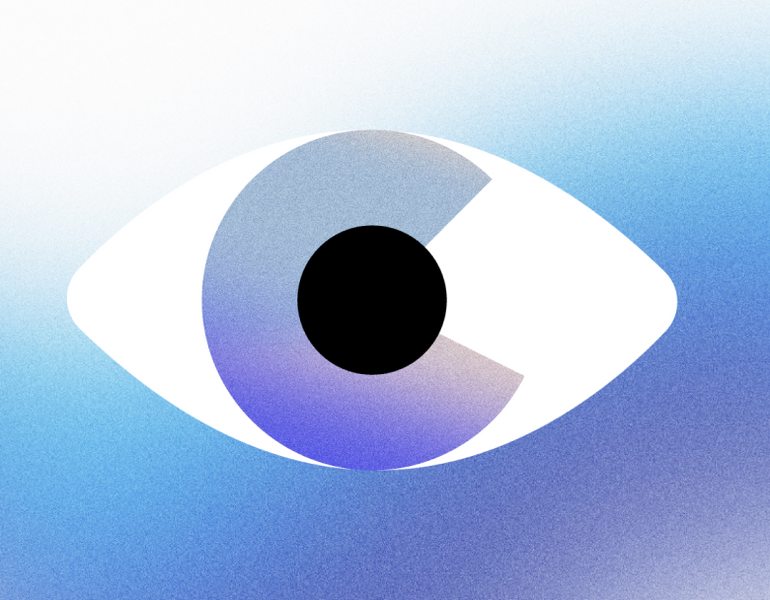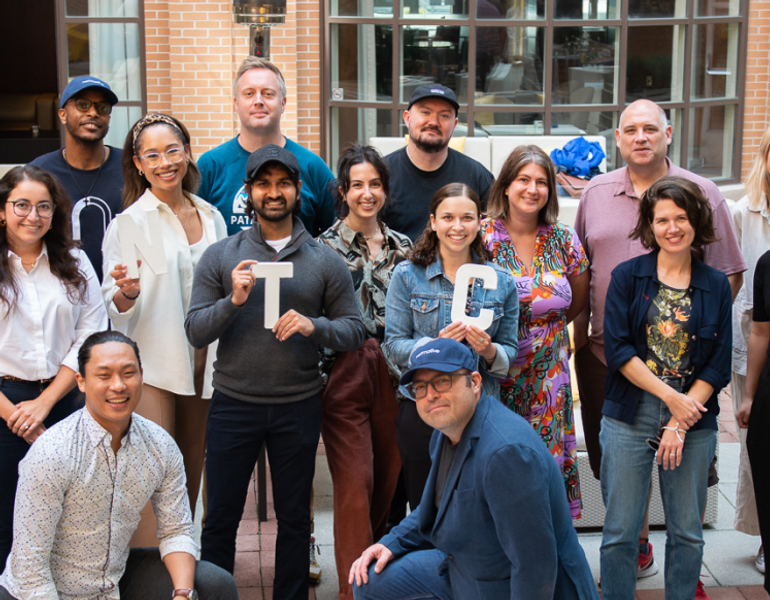Know Your Customer Before You Design for Them
What’s the difference between a user and a customer? Aren’t they the same thing?
The answer is no, they’re not. Users care first and foremost about how they interact with your product or service. Is it easy to use? Does it make them more efficient or more capable?
A customer has a different lens. They care about the value that your product or service creates for them, whether they use it or someone else does, and most critically, they are willing to engage in a value exchange with you to benefit from the product.
As you can imagine, users are often customers, but in many cases the user and customer are different individuals. As a general rule, the more complex the product, the more likely that your customer and user are not the same people. This is where the risk of focus on users during customer facing product development can create challenges.
Focus on Why and for Whom
So who do you design for? Do you build your value proposition around something that will appeal to everyone, or do you focus on users with a specific problem that your innovation is uniquely capable of solving?
A good market is a market that needs your product. It contains both your users and your customers. Both have needs and pain points. Your job is to figure out what they are and which ones you should focus on. The thing to keep in mind here is that you can’t solve for all of the people all of the time.
Finding and creating a customer requires understanding the people to whom you can deliver the greatest possible value. Which of their problems is in most urgent need of a solution? That knowledge will reveal more relevant opportunities for innovation – and a much stronger, more distinctive value proposition.
Don’t Focus on Features. Focus on Value
Too often, product development teams focus on features and functions. It’s natural for them to become absorbed in the technological brilliance of their solutions. But this obsession can blind them to what customers actually need or want.
The cliché example of this is the Segway. It was hyped as the future of urban transport. But no one bothered to ask who would actually want it, or more importantly whether they would pay for it. The design process did not focus on validating these critical questions. It was not until after it launched that individual consumers and potential customers like the post office, police and fire departments and utility companies tested it for themselves. Only then did its inadequacies emerge. For instance, postal workers need both hands to do their work, and security workers need more range than the Segway could offer. Both of these issues could have been addressed by engaging with potential users and customers as part of the design process.
In the end it did enjoy some success with industrial and fleet customers, but nowhere near enough to live up to the hype that it was the future of urban transport. Where it really flopped was with individual consumers, for whom it was deemed too expensive (it retailed at $4000), too heavy and impossible to manage on stairs or steep inclines. Its success as a pedestrian device was also hindered by some high profile accidents, including George Bush, journalist Piers Morgan and James W. Heselden, the owner of the Segway corporation, who was killed after he lost control and veered off a 30ft cliff to his death.
Great Innovations Solve Real Problems
While feasibility is important, desirability is what converts users to customers. The Segway inventors didn’t do the right kind of research necessary to determine what problem they were actually solving. There was no exploration of feasibility, let alone desirability. It was a classic ‘build it and they will come’ scenario: the designers assumed people would be dazzled by the Segway’s technological novelty. The road to market failure is paved with such assumptions.
Success means finding and creating the best customers. That requires an evidence-based approach that prioritises solving over selling. The more focused you are on solving a real user problem, the more you will sell and the more customers you will create in the long run. If all you are focused on is sales volume, your innovation may end up becoming nothing more than a curious but irrelevant invention.




